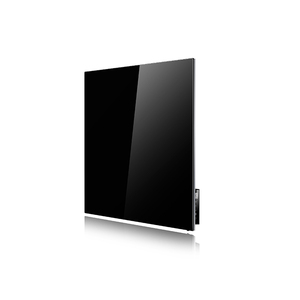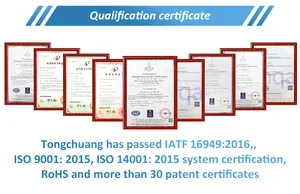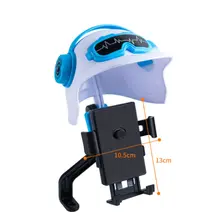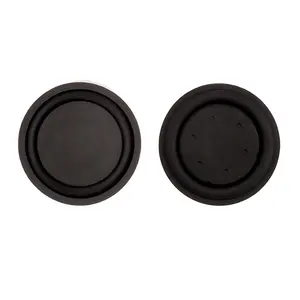A passive radiator is a type of speaker driver that doesn't have a magnet or voice coil. Instead, it relies on the air pressure inside an enclosure to move a diaphragm and produce sound. The passive radiator works in conjunction with an active driver, such as a woofer or subwoofer, to enhance the speaker system's bass response and overall performance. The passive radiator is typically a flat or cone-shaped membrane made of lightweight materials like paper, plastic, or metal. It is mounted inside the speaker cabinet and tuned to typically resonate at a specific frequency to reinforce the output of the active driver.
Types of passive radiators
There are several different types of passive radiators. A passive radiator subwoofer is a type of subwoofer that uses a passive radiator instead of a port or a second active driver to enhance the bass response. The passive radiator subwoofer consists of an active driver and a passive radiator that are known to work together to produce sound. A bass passive radiator is a type of passive radiator that is designed specifically to enhance the bass response of a speaker system. A bass passive radiator is typically larger than other types of passive radiators and is tuned to resonate at lower frequencies.
A 4-inch passive radiator is a type of passive radiator that has a diaphragm with a diameter of 4 inches. It is typically used in small speaker systems where space is limited and a compact design is needed. An 8-inch passive radiator is a type of passive radiator that has a diaphragm with a diameter of 8 inches. It is typically used in speaker systems where a larger and more powerful bass response is desired.
Use benefits of a passive radiator
A passive radiator offers several benefits in speaker design. A passive radiator can significantly enhance the bass response of a speaker system. By resonating at specific frequencies, they reinforce the output of the active driver, resulting in a deeper and more impactful low-frequency performance. A passive radiator can improve the overall efficiency of a speaker system. They allow for greater air displacement, which translates to increased sound output without requiring additional power from the amplifier.
A passive radiator can help extend the low-frequency range of a speaker system. By tuning the passive radiator to resonate at lower frequencies, it can reproduce deeper bass notes that might be challenging for the active driver alone. A passive radiator can also enable a more compact speaker design. Compared to traditional ported designs, they eliminate the need for a port, allowing for a smaller enclosure size while still achieving a comparable level of bass performance.










































 浙公网安备 33010002000092号
浙公网安备 33010002000092号 浙B2-20120091-4
浙B2-20120091-4